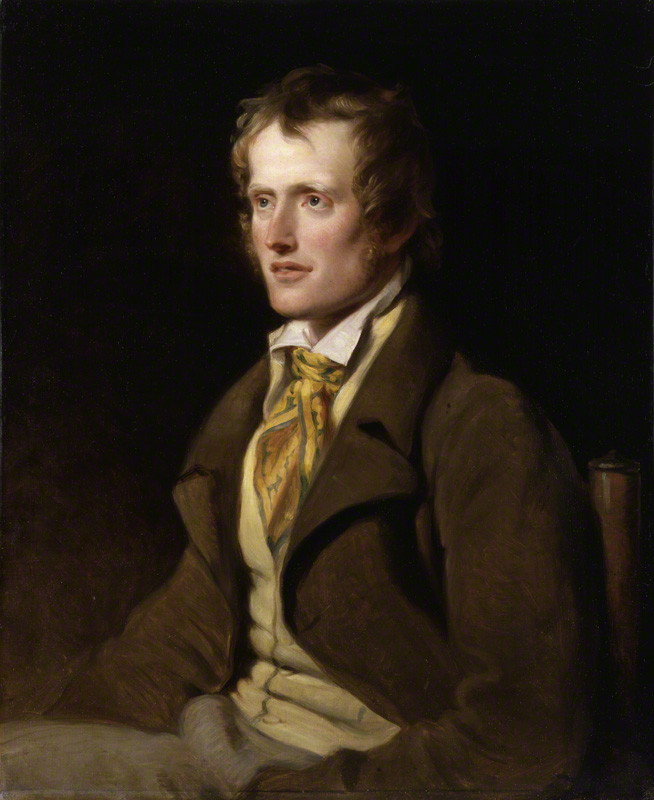
John Clare (b. July 13, 1793; d. May 20, 1864) was an English farm labourer and poet. According to his biographer Jonathan Bate, Clare was “the greatest labouring-class poet that England has ever produced. No one has ever written more powerfully of nature, of a rural childhood, and of the alienated and unstable self.”
John Clare was born into a peasant family in Helpston, England. In his childhood he probably suffered from malnutrition, which would explain his small adult size (about 150 cm) and his poor physical health in later life. He received some formal schooling, and as a youth he held various occupations to earn his life.
He was an imaginative child. According to the Introduction to Poems Chiefly from Manuscript by John Clare, “one day indeed at a very early age he went off to find the horizon.” At age sixteen, he met the girl who would haunt his later life:
His imagination grew intensely, and in his weekly errand to a flour-mill at Maxey ghosts rose out of a swamp and harried him till he dropped. This stage was hardly ended when one day on his road he saw a young girl named Mary Joyce, with whom he instantly fell in love. This crisis occurred when Clare was almost sixteen: the fate of John Clare hung in the balance for six months. Then Mary’s father, disturbed principally by the chance that his daughter might be seen talking to this erratic youngster, put an end to their meetings. From this time, with intervals of tranquillity, Clare was to suffer the slow torture of remorse, until at length deliberately yielding himself up to his amazing imagination he held conversation with Mary, John Clare’s Mary, his first wife Mary—as though she had not lived unwed, and had not been in her grave for years. (Poems Chiefly from Manuscript)
Another account is given in the Introduction of Life and Remains of John Clare, The “Northamptonshire Peasant Poet” by John Clare:
As we have traced the poet’s history down to his sixteenth year, the next incident of importance may be anticipated: of course he fell in love, and the object of his first and purest affection was Mary Joyce, daughter of a farmer at Glinton. Little is known of this episode excepting that the maiden was very beautiful, that after a few months of blissful intercourse their frequent meetings came to the knowledge of Mary’s father, who sternly forbade their continuance, and that although “Patty,” Clare’s future wife, was the theme of some pretty verses, Mary Joyce was always Clare’s ideal of love and beauty, and when thirty years afterwards, he lost his reason, among the first indications of the approaching calamity was his declaration that Mary, who had then long been in her grave, had passed his window.
Eight years later he met Martha Turner, nicknamed “Patty”, who would become his wife and the mother of many children:
One day in the autumn of 1817, he was dreaming yet new verses when he first saw “Patty,” his wife-to-be. She was then eighteen years old, and modestly beautiful; for a moment Clare forgot Mary Joyce, and though “the courtship ultimately took a more prosaic turn,” there is no denying the fact that he was in love with “Patty” Turner, the daughter of the small farmer who held Walkherd Lodge. (Poems Chiefly from Manuscript)
In the course of this year 1817 Clare fell in love with Martha Turner, the daughter of a cottage farmer living at a place called Walkherd Lodge, and this is the maiden who after the lapse of three or four years became his wife. “She was a fair girl of eighteen, slender, with regular features, and pretty blue eyes.” Clare entered into this new engagement with passionate ardour, but the courtship ultimately took a more prosaic turn, and having once done so, there was little in the worthy but illiterate and matter-of-fact “Patty” to elevate the connection into the region of poetry. (Life and Remains of John Clare)
Clare published several volumes of verses and started to get some recognition as a poet, but he also had to work to feed his large family, wife, children and elderly parents. In the 1830s, his physical and mental health declined. “Clare’s malady slowly increased. The exact history of this decline is almost lost, yet we may well believe that the death of his mother on the 18th of December, 1835, was a day of double blackness for him.” (Poems Chiefly from Manuscript) Then the love of his youth started to overwhelm his mind: “He had seen Mary Joyce pass by, he had spoken to her, occasionally he as a third person had watched and discussed the doings of John Clare and this lost sweetheart.”
On July the 16th, 1837, Clare was was admitted to Dr Allen’s High Beach Asylum, Epping Forest, being reported as “full of many strange delusions”. His schizophrenia did not get cured there, but he still wrote poetry and sometimes seemed to have moments of sanity:
His hallucinations do not appear to have diminished, although they changed. He was now convinced that Mary Joyce was his true wife—Patty was his “second wife.” He had known William Shakespeare, and many other great ones in person. Why such men as Wordsworth, Campbell and Byron were allowed to steal John Clare’s best poems and to publish them as their own, he could not imagine. John Clare was not only noble by nature but by blood also.
On the other hand, Miss Mitford records figurative conversations not so easily explained; his eye-witness’s account of the execution of Charles the First, “the most graphic and minute, with an accuracy as to costume and manners far exceeding what would probably have been at his command if sane,” and his seaman’s narrative of the battle of the Nile and the death of Nelson in exact nautical detail. These imaginations she compares to clairvoyance. (Poems Chiefly from Manuscript)
In 1840, in a letter to The Times about Clare, Dr Allen wrote:
It is most singular that ever since he came… the moment he gets pen or pencil in hand he begins to write most poetical effusions. Yet he has never been able to obtain in conversation, nor even in writing prose, the appearance of sanity for two minutes or two lines together, and yet there is no indication of insanity in any of his poetry. (Royal College of Psychiatrists, Review of John Clare’s biography)
In July 1841, Clare absconded from the asylum and walked 140 km home, intent on returning to Mary.
At last, having been in the private asylum four years, he “returned home out of Essex” on foot, leaving Epping Forest early on July 20, 1841, and dragging himself along almost without pause until July 23. Of this amazing journey he himself wrote an account for “Mary Clare,” which is printed in full in Martin’s “Life”: it is both in style and in subject an extraordinary document. The first night, he says, “I lay down with my head towards the north, to show myself the steering-point in the morning.” On “the third day I satisfied my hunger by eating the grass on the roadside which seemed to taste something like bread. I was hungry and ate heartily till I was satisfied; in fact, the meal seemed to do me good.” And “there was little to notice, for the road very often looked as stupid as myself.” At last between Peterborough and Helpston “a cart met me, with a man, a woman and a boy in it. When nearing me the woman jumped out, and caught fast hold of my hands, and wished me to get into the cart. But I refused; I thought her either drunk or mad. But when I was told it was my second wife, Patty, I got in, and was soon at Northborough.” (Poems Chiefly from Manuscript)
In fact, Mary had remained unmarried and had died accidentally in a house fire in July 1838. But he did not believe her family when they told him the news.
In December he was committed to Northampton General Lunatic Asylum and remained there until his death in 1864. He continued to write poetry, his verses were collected under the title Asylum Poems. I consider these to be his best ones: abandoning all academic conventions, his lyrical inspiration flows now freely, with sparkling words that remind of the poetry of Dowson. Many of these poems are devoted to the love of young girls, several of them being named Mary.
His Asylum Poems are distinct from most of the earlier work. They are often the expressions of his love tragedy, yet strange to say they are not often sad or bitter: imagination conquers, and the tragedy vanishes. They are rhythmically new, the movement having changed from that of quiet reflection to one of lyrical enthusiasm: even nature is now seen in brighter colours and sung in subtler music. Old age bringing ever intenser recollection and childlike vision found Clare writing the light lovely songs which bear no slightest sign of the cruel years. So near in these later poems are sorrow and joy that they awaken deeper feelings and instincts than almost any other lyrics can. (Poems Chiefly from Manuscript)
I have selected here three of Clare’s Asylum Poems. They are the blog’s offering to all loves misunderstood, denied or denigrated. The first one is devoted to all lovers who have to hide their feelings:
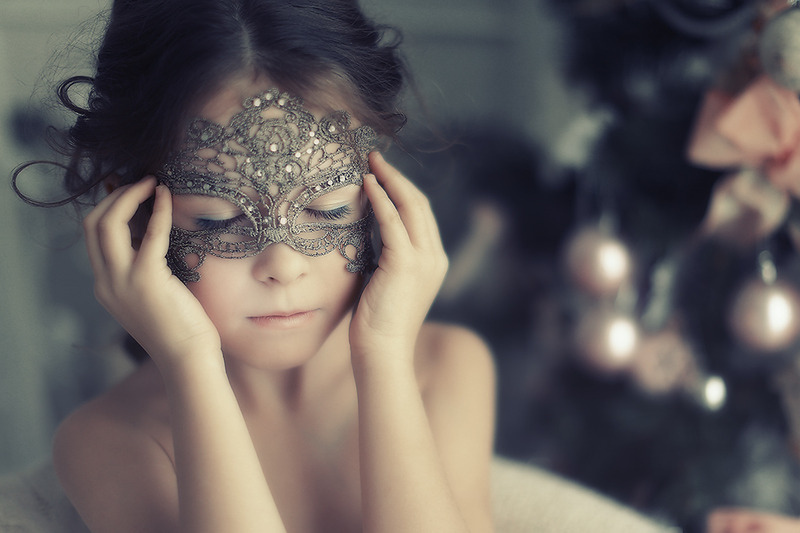
Secret Love
I hid my love when young till I
Couldn’t bear the buzzing of a fly;
I hid my love to my despite
Till I could not bear to look at light:
I dare not gaze upon her face
But left her memory in each place;
Where eer I saw a wild flower lie
I kissed and bade my love good bye.
I met her in the greenest dells
Where dewdrops pearl the wood blue bells
The lost breeze kissed her bright blue eye,
The bee kissed and went singing by,
A sunbeam found a passage there,
A gold chain round her neck so fair;
As secret as the wild bee’s song
She lay there all the summer long.
I hid my love in field and town
Till een the breeze would knock me down,
The bees seemed singing ballads oer,
The fly’s bass turned a lion’s roar;
And even silence found a tongue,
To haunt me all the summer long;
The riddle nature could not prove
Was nothing else but secret love.
The second one is devoted to loves that are denied, called a sin, a perversion or a disease to be cured:
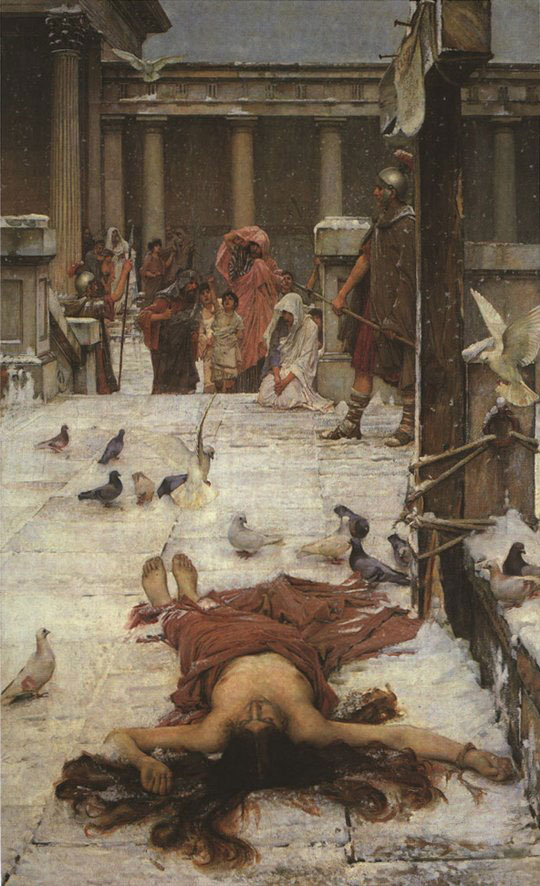
Love Cannot Die
In crime and enmity they lie
Who sin and tell us love can die,
Who say to us in slander’s breath
That love belongs to sin and death.
From heaven it came on angel’s wing
To bloom on earth, eternal spring;
In falsehood’s enmity they lie
Who sin and tell us love can die.
Twas born upon an angel’s breast.
The softest dreams, the sweetest rest,
The brightest sun, the bluest sky,
Are love’s own home and canopy.
The thought that cheers this heart of mine
Is that of love; love so divine
They sin who say in slander’s breath
That love belongs to sin and death.
The sweetest voice that lips contain,
The sweetest thought that leaves the brain,
The sweetest feeling of the heart—
There’s pleasure in its very smart.
The scent of rose and cinnamon
Is not like love remembered on;
In falsehood’s enmity they lie
Who sin and tell us love can die.
The third one addresses all weary lovers who think about dying: don’t leave life without your love.
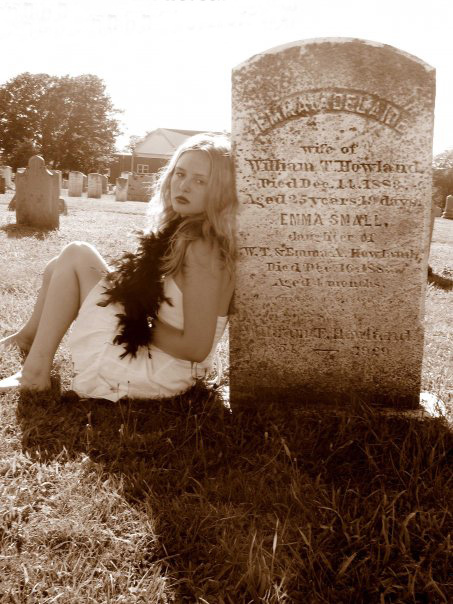
Invitation to Eternity
Say, wilt thou go with me, sweet maid,
Say, maiden, wilt thou go with me
Through the valley-depths of shade,
Of bright and dark obscurity;
Where the path has lost its way,
Where the sun forgets the day,
Where there’s nor light nor life to see,
Sweet maiden, wilt thou go with me?
Where stones will turn to flooding streams,
Where plains will rise like ocean’s waves,
Where life will fade like visioned dreams
And darkness darken into caves,
Say, maiden, wilt thou go with me
Through this sad non-identity
Where parents live and are forgot,
And sisters live and know us not?
Say, maiden, wilt thou go with me
In this strange death of life to be,
To live in death and be the same,
Without this life or home or name,
At once to be and not to be—
That was and is not—yet to see
Things pass like shadows, and the sky
Above, below, around us lie?
The land of shadows wilt thou trace,
Nor look nor know each other’s face;
The present marred with reason gone,
And past and present both as one?
Say, maiden, can thy life be led
To join the living and the dead?
Then trace thy footsteps on with me:
We are wed to one eternity.
Bibliography:
- Poems Chiefly from Manuscript by John Clare, Project Gutenberg.
- Life and Remains of John Clare, The “Northamptonshire Peasant Poet” by John Clare, Project Gutenberg.
- Archive of The John Clare Page.
- John Clare Weblog.
- Internet Archive digitisation of texts on or by John Clare.
The three poems were taken from the first reference. The biographical introductions in the first two references were quoted above.
Previously published on Agapeta, 2016/04/15.
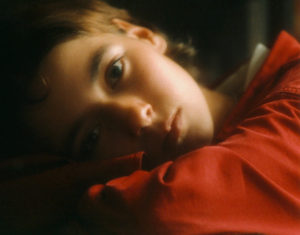
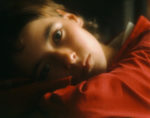
Thank you very much for your website. The collection you have been building is an ocean of knowledge! I didn’t know all this information about John Clare, it was a pleasure to find out. ♥
I am glad that you learned from my site. This proves that it is useful.